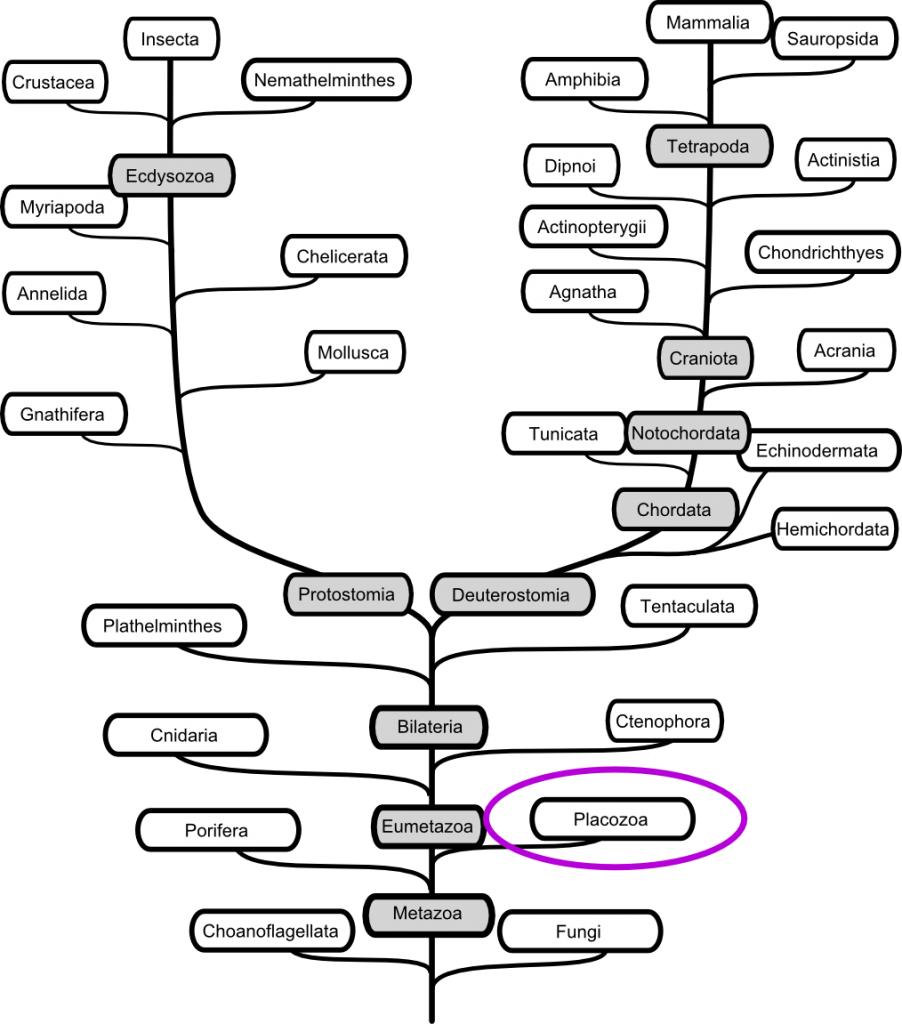We would like to explain the reason for the exciting story about Trichoplax neuropeptides.
Neuropeptides are endocrine regulators in proto- and deutostomes. They regulate feeding, molting, motor activity, or reproduction e.g.. In invertebrates as well as in vertebrates their way of synthesis is similar. Most of them share a common feature i.e. amidation at their C-terminus.
When a neuropeptide is cleaved from the precursor sequence by means of prohormone convertases, the motives by which the endoproteases are activated are either KR, RK, RR or KK i.e. dipeptides of lysine (abbreviated K) and arginine (R). Their are other proteases which will cut off other amino acids from the C-terminus, but not glycine (G). This glycine is transformed into amide in hormonal active cells. Looking for a GKR is therefore looking for any peptide which would be recognized and cleaved by the prohormone convertase I (PC1) and be amidated. That can be a candidate for a neuropeptide. Unfortunately the Blast Search does allow a sequence to searched have only three letters.
When we looked for FMRFGKR we found not a single match in the genome of Trichoplax adhaerens. Therefore it is unlikely that Smäh and colleagues measure FMRF. We found partial identity e.g. FMRF but not together with GKR. The closest was a MRFgKR which could explain staining, there were several FMRF but not in combination with GKR.

Furthermore a common feature of neuropeptides is that several of them can be found in the same precursor: Examples: the enterines in the snail Aplysia californica , the orcokinins of insects or of the cancer Procambarus clarkii. The FMRF-amides of the fly Drosophila are another example. In humans we find that enkekephalins and dynorphins share a common precursor, although they are not amidated, the tachakynins are similarily found repetitive and are amidated. A peptide with GKR as shown above and found to be repetive is a likely candidate for a neuropeptide.

Placazoa are very early precursor in the metazoan kingdom. A neuropeptide has not been found before. It is therefore fascinating to observe that neuropetides and the producing neurosecretory cells predate neurones which are evident in mollusca.
This can be read in detail in our book: Hormone und Hormonsystem Springer 2014 (3rd edition), the English version is to be published next year.